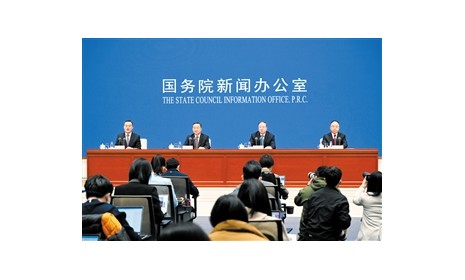2022年7月22日,欧盟食品安全局就一种含有四种酶活性的食品酶的安全性评价发布意见。
据了解,这种食品酶含有内切多聚半乳糖醛酸酶、果胶酯酶、果胶裂解酶和非还原端α-l-阿拉伯呋喃糖苷酶四种活性,是由黑曲霉菌株PEC生产的,旨在用于从除葡萄以外的水果制造酒精饮料、用于果汁生产的水果和蔬菜加工以及葡萄酒和葡萄酒醋生产。
经过评估,专家小组认为,在预期的使用条件下,不能排除饮食暴露引起过敏和诱发反应的风险,特别是对几种花粉过敏原或木瓜过敏原敏感的个体。根据所提供的数据,小组得出结论,该食品酶在预期的使用条件下不会引起安全隐患。部分原文报道如下:
The food enzyme has four declared activities (endo-polygalacturonase ((1→4)-α-d-galacturonan glycanohydrolase (endo-cleaving); 3.2.1.15), pectinesterase (pectin pectylhydrolase; 3.1.1.11), pectin lyase ((1→4)-6-O-methyl-α-d-galacturonan lyase; 4.2.2.10) and non-reducing end α-l-arabinofuranosidase (α-l-arabinofuranoside non-reducing end α-l-arabinofuranosidase; 3.2.1.55) and is produced with the non-genetically modified Aspergillus niger strain PEC by DSM Food Specialties B.V. The food enzyme is free from viable cells of the production organism. The food enzyme is intended to be used in the manufacture of alcoholic beverages from fruits other than grapes, fruit and vegetable processing for juice production, and wine and wine vinegar production. Dietary exposure was estimated to be up to 0.25 mg TOS/kg bodyweight (bw) per day in European populations. Genotoxicity tests did not indicate a safety concern. The systemic toxicity was assessed by means of a repeated dose 90-day oral toxicity study in rats. The Panel identified a no observed adverse effect level of 204 mg TOS/kg bw per day, the highest dose tested which, when compared with the estimated dietary exposure, results in a margin of exposure of at least 800. A search for similarity of the amino acid sequence of the food enzyme to known allergens was made and several matches were found. The Panel considered that, under the intended conditions of use, the risk of allergic sensitisation and elicitation reactions by dietary exposure cannot be excluded, particularly for individuals sensitised to several pollen allergens or papaya allergens. based on the data provided, the Panel concluded that this food enzyme did not give rise to safety concerns, under the intended conditions of use.
















